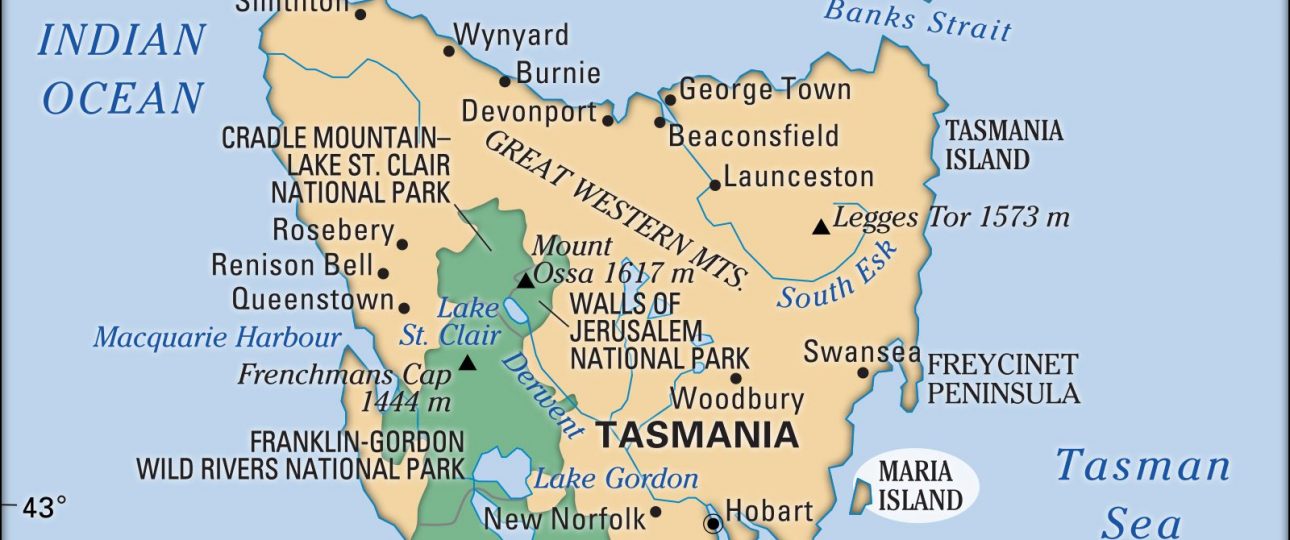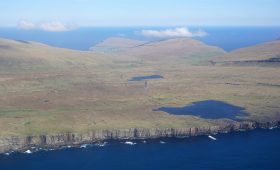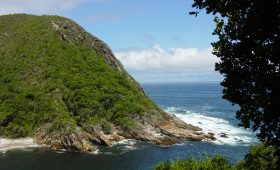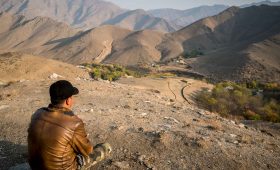About Maria Island
Maria Island, located off the coast of Tasmania, Australia, is a destination rich in natural beauty and history. Known for its diverse landscapes and abundant wildlife, the island offers a unique experience for those interested in both nature and history. Declared a national park in 1971, Maria Island is a protected area that allows visitors to explore its pristine environment.
Getting to Maria Island
To reach Maria Island, you’ll need to take a ferry from Triabunna, a coastal town in Tasmania. The ferry ride to Darlington on Maria Island takes about 30 minutes. The ferry service, operated by Encounter Maria Island, runs five times daily. Tickets cost $45 for adults and $28 for children. It’s wise to book your tickets in advance, especially during peak tourist seasons.
Exploring Maria Island
Upon arrival, you’ll find that the best way to explore Maria Island is on foot or by bike, as no private vehicles are allowed. The island’s trails lead through varied landscapes, including beaches, cliffs, and forests. Activities such as walking, cycling, diving, snorkeling, swimming, and bird watching are popular here.
Highlights of Maria Island
- Encounter wildlife like Tasmanian devils, kangaroos, and wombats.
- Visit the Fossil Cliffs, accessible via a 4.5 km circuit that takes 1.5 to 2.5 hours to complete. These cliffs are a significant paleontological site with fossils dating back 300 million years.
- Explore the Painted Cliffs, known for their vibrant colors and swirling patterns. Note that access is only possible within two hours of low tide.
- Discover the Darlington Probation Station, a UNESCO World Heritage Site that remains relatively unchanged since the convict era.
Best Time to Visit
The ideal time to visit Maria Island is during spring (September to November) and autumn (March to May) when the weather is mild and the island is less crowded. However, the weather can be unpredictable, so pack layers and be prepared for changes.
Accommodation and Facilities
Maria Island offers limited accommodation options. Visitors can choose from camping grounds, historic cottages, or a wilderness retreat. It’s crucial to book accommodations well in advance due to limited availability. Note that there are no restaurants or supply stores on the island, so you’ll need to bring your own food and provisions from Triabunna or Hobart. Additionally, there is no rubbish disposal on the island, so all waste must be taken off the island.




